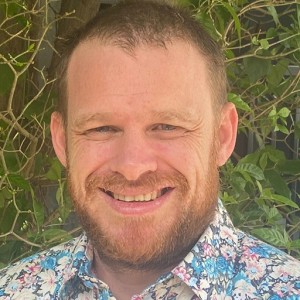Artificial intelligence (AI) is becoming increasingly prominent in how digital professionals work. With new tools to help the creative and technical process popping up all the time, learning how AI can augment and boost your productivity and make you invaluable to clients is a no-brainer.
Of course, a lot is being said about “the robots taking our jobs,” yet the truth is a lot more complex than that. For web designers and web developers, seeing the creative process boiled down to just a few clicks and a basic description can be alarming. However, a significant difference exists between what humans and AI can create.
Instead of fighting against the coming tide, web designers can leverage the power of artificial intelligence to enhance their efficiency, productivity, and ability to deliver exceptional results.
Just think of the tangible benefits. All those fidgety, laborious tasks that every designer loathes can evaporate using AI effectively. If you can streamline your workflow, automate repetitive tasks, and discover new creative avenues to explore, the question becomes: “Why not?”
By incorporating AI into the design process, designers can focus on the best parts of their jobs while staying competitive while providing more value to their clients.
Will AI replace designers?
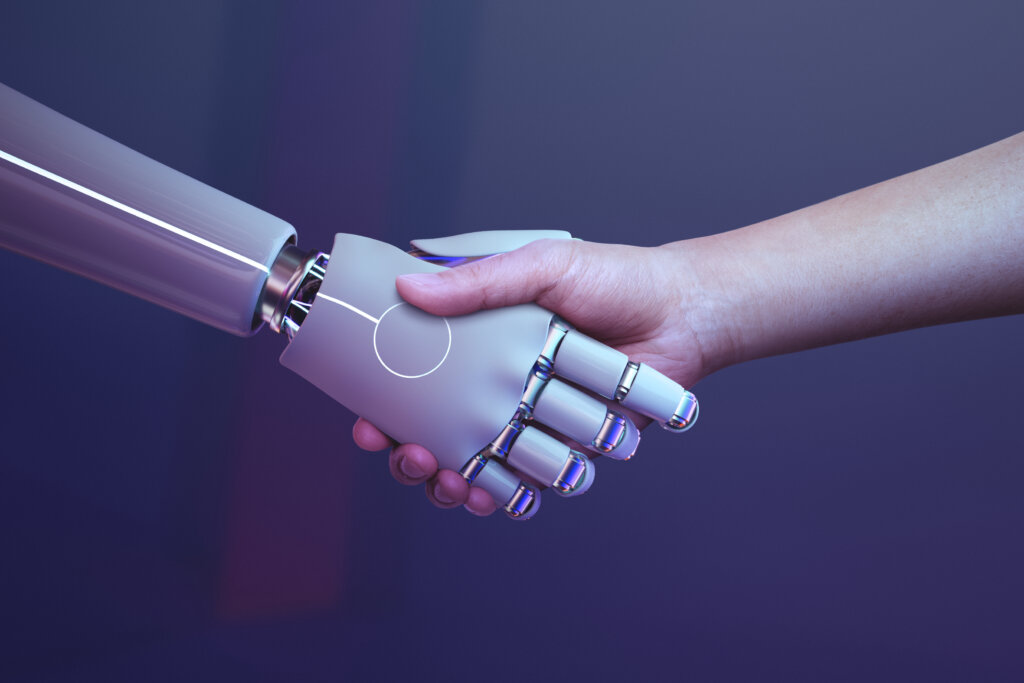
The short answer to this loaded question is no.
The more complex answer depends entirely on the willingness to embrace tools such as an AI builder or use AI-generated images. While this may go against every fiber of your being, there are definite upsides to taking a template, for instance, and reimagining it with creative flair.
While AI can generate content and automate specific design tasks, it cannot replicate human creativity, intuition, and the ability to think critically. It is the collaboration between AI and a designer that has the propensity to create high-quality work.
At present, AI augments and enhances. It doesn’t replace.
The symbiotic relationship between AI and designers
While it wasn’t possible to use an AI website generator to spit out a basic landing page until very recently, machine learning and AI elements have been making their way into the programs we use for a while.
AI and web designers (whether they like it or not) have a symbiotic relationship. Designers provide the necessary context, custom domain expertise, and subjective judgment that AI lacks. In return, AI assists designers by automating mundane and time-consuming tasks, offering data-driven insights, and expanding design possibilities through generative algorithms.
How AI augments and enhances the creative process
Every creative professional has moments where inspiration is lacking, and finding the path forward is exhausting. Luckily, AI doesn’t have the same issue. It can’t select the perfect design but it can point you in the right direction.
When your back is up against a wall, and the deadline is looming, AI-generated suggestions can spark inspiration and serve as a starting point for designers to explore whole new website design directions.
Additionally, every new project will have facets you don’t like. These tasks are usually the most time-consuming, which adds to the pain.
By automating repetitive tasks like resizing images, suggesting color palettes, or analyzing user data, AI frees up designers’ time to focus on web design’s more strategic and creative aspects.
Understanding AI design tools and their benefits
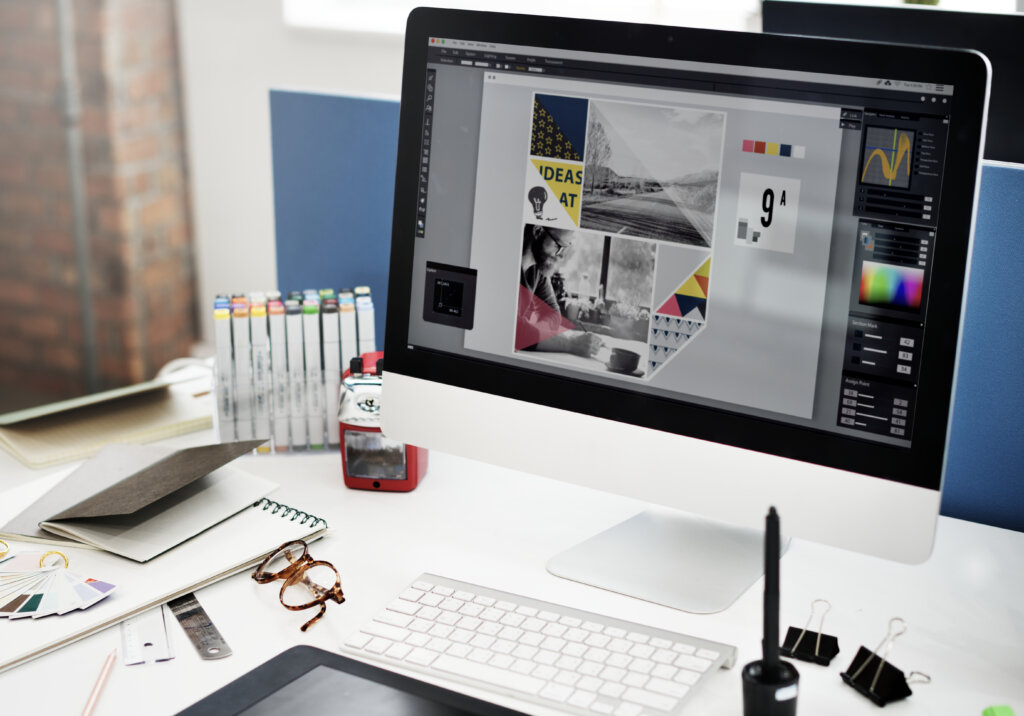
We are sure you have seen the TikTok or Instagram videos saying anyone can automate the creative process now and cut out creative professionals altogether.
These people must realize that artificial intelligence and machine learning algorithms are not creating anything original. They are merely mimicking existing versions that are freely available on the web. While an AI website maker does the job for the untrained eye, it boils the creative process down to a series of ones and zeros.
Benefits of using AI tools in the creative process
It must be said that these tools can assist designers in various aspects of the creative process, such as layout design, image editing, typography selection, and content generation. The key word here is: assist.
By offering auto-generating design options, providing design recommendations based on user preferences, and analyzing user data for informed design decisions, designers can improve their jobs as they have the most up-to-date tools and the skills to use them correctly.
Notable AI design tools in 2023
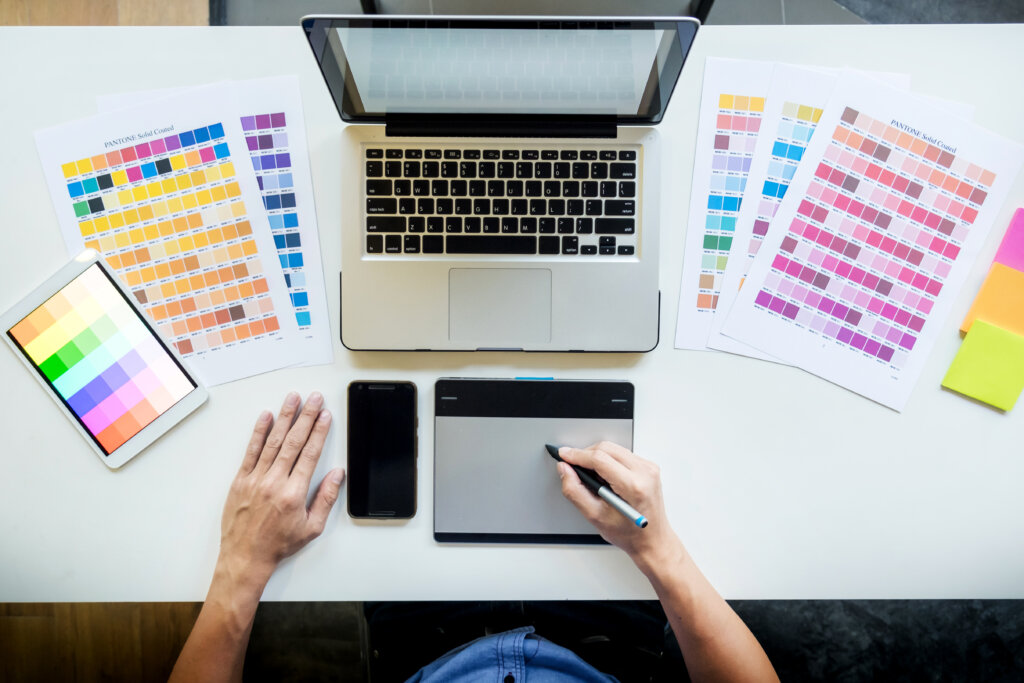
The year 2023 has witnessed remarkable advancements in AI design tools. Several notable graphic design tools have emerged, offering innovative features and functionalities to support designers’ creative endeavors.
Hostinger Website Builder
This tool incorporates AI-driven features that simplify the website creation process. With its intuitive, user-friendly interface, and pre-designed templates, designers can quickly build professional websites with a few clicks. The AI-powered website editor offers suggestions for layout, color schemes, and typography, making it easier for designers to create visually appealing websites.
ChatGPT
One of the vital tasks for any graphic designer is the creation and sharing of design briefs.
These briefs encompass various elements involved in designing work. They begin with conceptualizing ideas, determining font styles, color palettes, and adhering to other guidelines.
ChatGPT’s text-to-image feature is designed to generate intuitive and visually appealing content. Graphic designers can utilize this feature to craft contemporary and imaginative prototypes and wireframes that dazzle clients.
Professional graphic designers must recognize their responsibility to personalize and tailor their creations to suit clients’ specific requirements.
Logo Maker
Logo Maker is an AI-driven tool specifically focused on logo design.
Designers can input their desired concepts, generated images, and preferences, and the tool generates a range of logo options based on the provided information.
Exploring features and functionalities
These AI design tools offer a plethora of features and functionalities to streamline the web design process.
Each tool provides features like drag-and-drop interfaces, extensive libraries of design assets, intelligent suggestion systems, and real-time previews.
Some tools even allow designers to collaborate with AI algorithms, refining and iterating designs based on their feedback.
How can an AI web designer utilize these tools?
Many designers have already incorporated these AI design tools into their workflow, yielding impressive results. For instance, designers have used various AI design elements to create stunning website portfolios, e-commerce websites, and professional blogs.
These AI design tools have improved efficiency and elevated the quality of the design output, allowing designers to focus on the strategic aspects of web design.
Achieving a balance between AI automation and human intervention
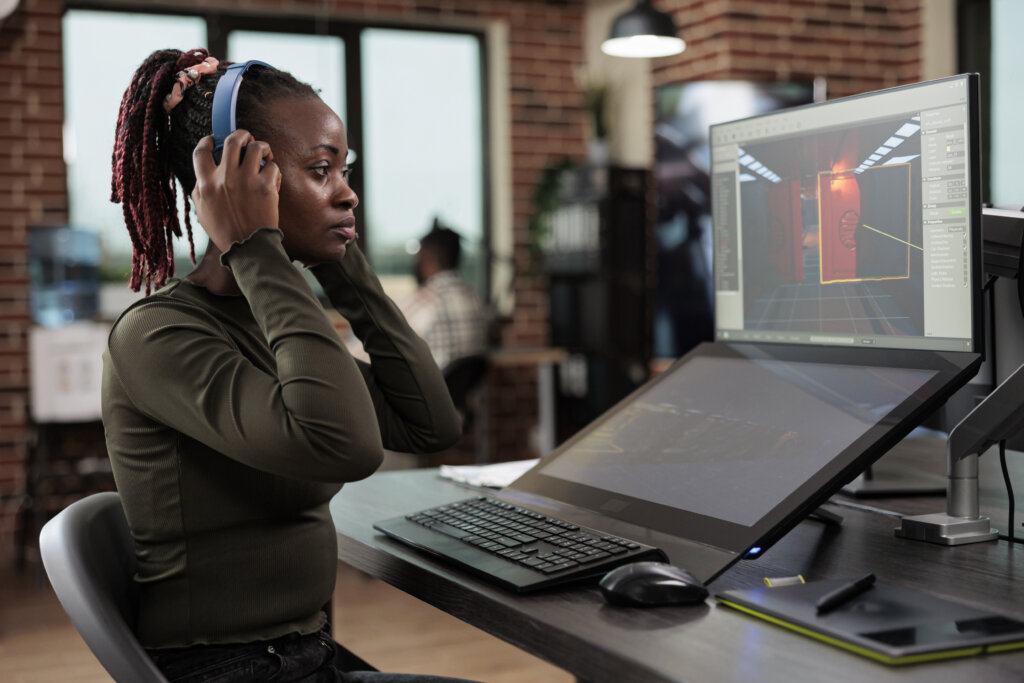
Human designers bring the ability to understand context, empathize with users, and infuse designs with creativity and emotional appeal. By understanding the value proposition of a website type, product, or service, professional website designers can tap into clients’ pain points and deliver a user experience that far surpasses what AI-powered tools or an AI-generated website builder can achieve.
The “human in the loop” concept
The concept of “human in the loop” emphasizes the importance of human intervention and expertise in guiding and refining AI-generated designs.
While AI design tools can automate certain aspects of the creative process, designers must retain control and make informed decisions based on their domain knowledge and aesthetic judgment.
Leveraging human creativity in web design
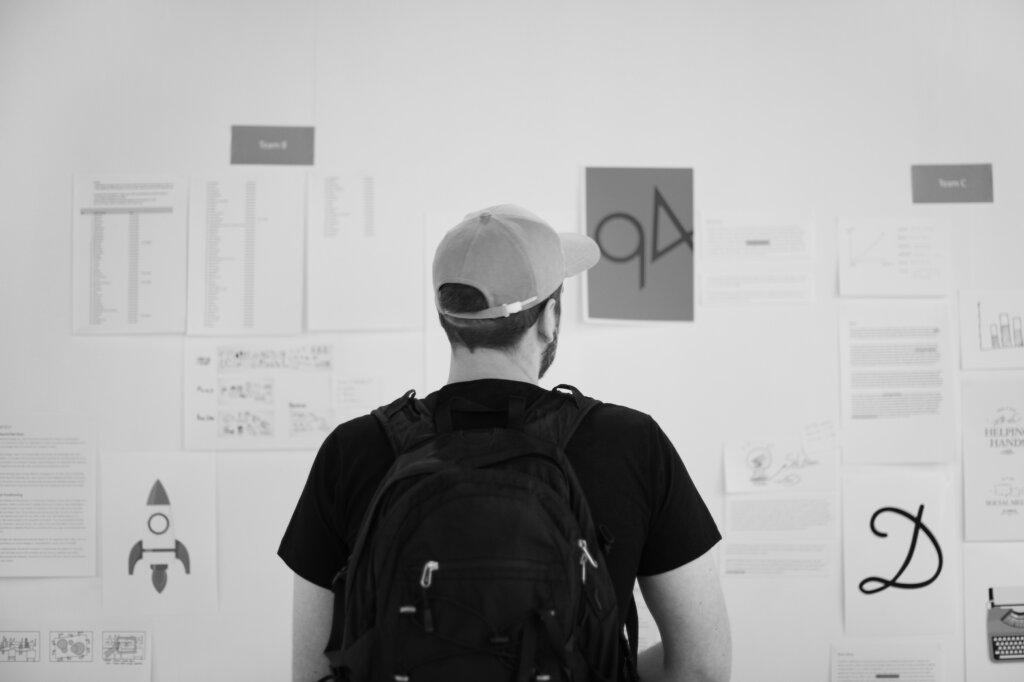
Human designers possess innate creative abilities and intuition, making their work unique and captivating. They can think conceptually, understand user emotions and motivations, and translate them into impactful design solutions.
By leveraging their artistic sensibilities, designers can create engaging and memorable mobile-friendly experiences that resonate with users on an emotional level.
Exploring subjective decision-making in design
Design is a subjective discipline requiring informed decisions based on brand guidelines and user preferences.
Human designers excel at interpreting client requirements, understanding brand values, and translating them into visually compelling designs. They consider aspects such as color psychology, typography, and composition, ensuring the design aligns with the intended message and purpose.
How human designers create value
Human designers contribute unique perspectives and personal experiences to their work, allowing them to create designs that evoke emotions and resonate with users. They understand the importance of storytelling, visual hierarchy, and user engagement, enhancing the overall user experience.
By infusing designs with creativity and emotion, human designers bring a human-centric approach to web design that AI alone cannot replicate.
Human designers contribute unique perspectives and personal experiences to their work, allowing them to create designs that evoke emotions and resonate with users. They understand the importance of storytelling, visual hierarchy, and user engagement, enhancing the overall user experience.
By infusing designs with creativity and emotion, human designers bring a human-centric approach to web design that AI alone cannot replicate.
How expensive is an AI-generated website?
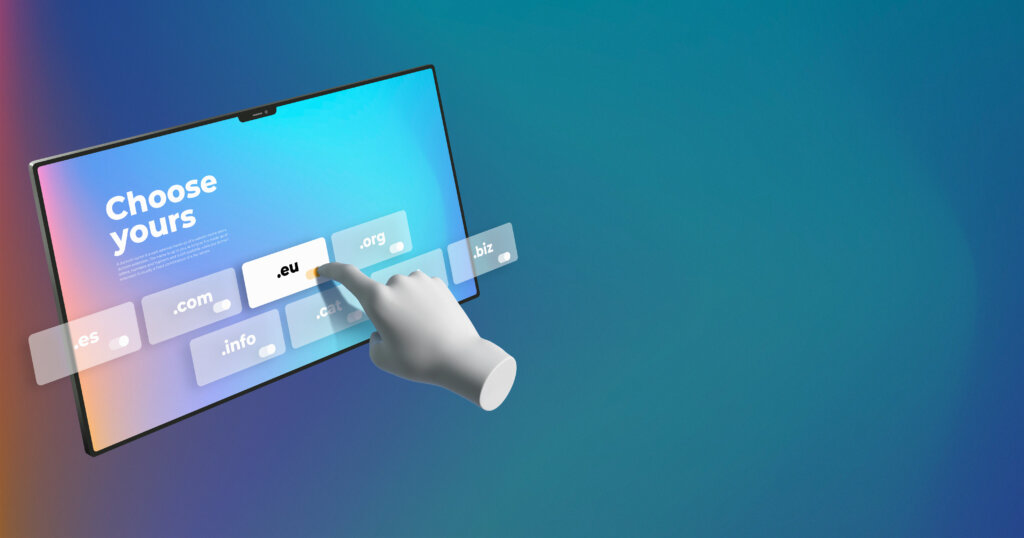
When considering the cost-effectiveness of AI design tools, comparing the expenses associated with using them versus hiring freelance designers is essential.
AI design tools typically involve an upfront investment or subscription cost. However, they provide long-term value by increasing productivity and reducing the time required for certain design tasks.
However, you must consider whether any site you buy will be optimized so that your customers will find you, and when they do, will their user experience be memorable? This is a challenging cost to quantify, but one you can rest assured a talented designer understands implicitly.
The cost savings of using AI in web design
AI tools can save costs in terms of time, labor, and resources. They automate repetitive tasks, eliminate the need for extensive manual or coding skills, and streamline the design process.
By reducing the time required for specific design tasks, designers can take on more projects or allocate time to focus on higher-level design thinking and strategy. These efficiency gains can result in substantial cost savings over time.
Human designer vs AI website builder
While AI design tools offer convenience and automation, working with human designers provides value-added benefits.
Human designers bring expertise, creative problem-solving skills, and the ability to tailor designs to specific client needs. They excel at understanding clients’ unique goals, brand identities, and target audiences, enabling them to create highly customized and impactful designs that align with business objectives.
Ethical considerations of AI
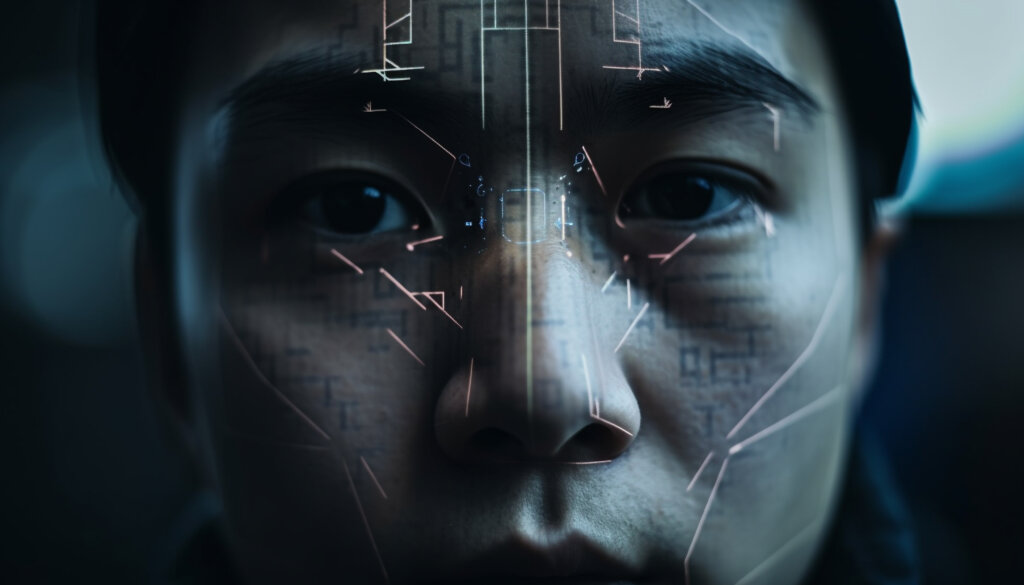
As AI design tools become more prevalent, addressing ethical considerations is essential.
These tools should be used responsibly and ethically, considering issues such as bias in design algorithms, privacy concerns, and the potential for automated plagiarism.
Designers must remain vigilant and exercise ethical judgment when utilizing AI in the creative process to ensure fair and inclusive design outcomes.
Limitations and challenges of AI in the creative process
While AI design tools offer significant advantages, they also have limitations. AI algorithms rely on existing data and patterns, which may restrict the creativity and originality of designs.
Designers must be cautious about overreliance on AI-generated outputs and ensure that intuition is employed to refine and enhance the designs. Additionally, AI tools may struggle with complex design problems that require subjective decision-making or deep contextual understanding.
The future outlook of AI in web design
AI continues to evolve rapidly, and its impact on web design is expected to expand further. Advancements in machine learning algorithms, natural language processing, and computer vision hold immense potential for web developers. Automating complex design tasks, improving user experience, and personalizing web content are all pluses to be considered.
One thing is for sure, designers can look forward to more sophisticated AI design tools that empower them to create innovative and customized web experiences. By embracing forward progress, the design process is enhanced.
The evolving role of creating websites
As AI continues to advance, the role of designers is expected to evolve rather than disappear.
Designers must adapt and acquire new skills to effectively collaborate with AI tools. They will become orchestrators of AI systems, combining their creativity, strategic thinking, and understanding of human needs with the capabilities of AI. Designers will be crucial in guiding AI-generated outputs, infusing them with a human touch, and ensuring designs meet user expectations and business objectives.
Quickly Hire: outsourcing AI-ready designers

Quickly Hire designers are focused on continuous professional development, which means they use AI tools to augment their creative process wherever possible. They understand the pressures startups, small businesses, and agencies face, and they work accordingly.
Rather than shunning new technology, our designers embrace unique tools that help them do their jobs more effectively. Like all of our freelancers, they understand their role is to utilize myriad creative assets so clients can own their dream WordPress website.
While some business owners can build AI-generated websites that appear helpful, the devil is in the detail. Functionality and creativity are still firmly in the hands of human creators.
AI is a fabulous revolutionary tool, but a tool all the same.

